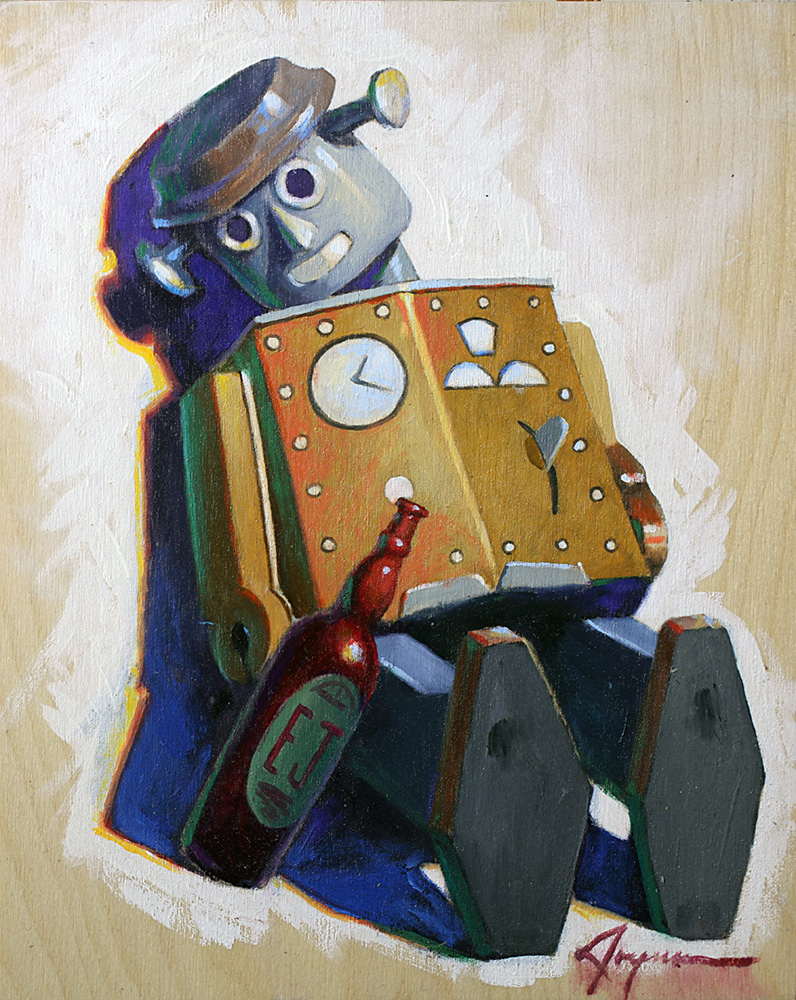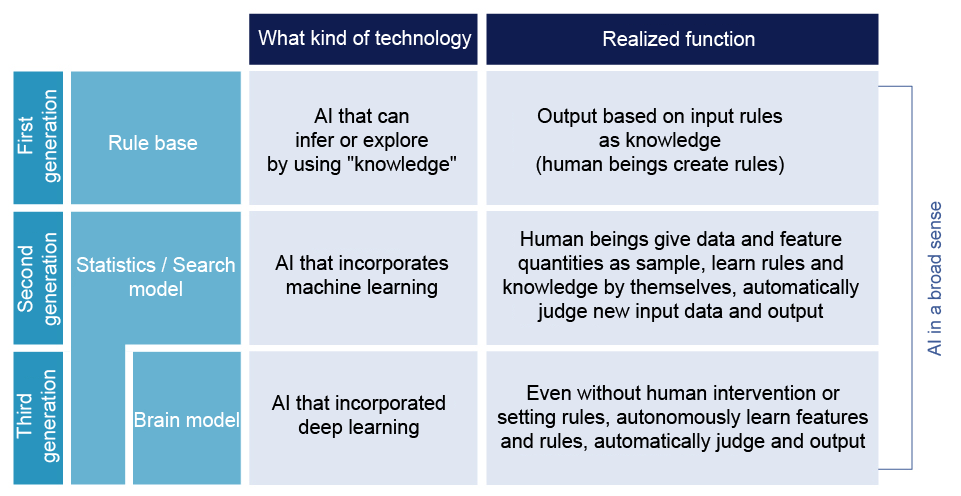
Human-level artificial intelligence is a goal that some people would like to achieve. This article will discuss what is weak and strong AI, the applications of such technology, and their limitations. Strong AI is the goal. But the path to that goal can be long. Before then, we must build machines that are as close as possible to human intelligence. These are some of the features you can expect to see from such a machine.
Human-level artificial intelligence
The invention discloses a method of creating computer-based software applications and machines with human-level AI. The AI program runs in one loop. It receives information, calculates the optimal path from its memory, then takes action. To achieve these results, the program uses complex embedded functions. This patent describes several techniques used to build such AI systems. Here are some of the most notable examples.
The for loop is a type o loop that is used when building AI systems. The AI program will continue repeating instructions until it stops, usually within one millisecond. Similar work is done by human beings. They examine their environment, determine a course of action, and then act. They repeat the process until they achieve their pre-set goal. It takes time and effort to create AI systems of human-level.

The differences between AI strong and weak
It is essential to know the difference between strong AI and weak AI when creating a machine for a task. While weak AI is capable of performing certain tasks better that humans, it doesn't need to know anything about the real world. However, strong AI is intended to evolve and become as smart as a human. Both types AI are becoming more common as technology improves. Let's examine some examples to help you understand the differences between strong AI and weak AI.
Weak AI is similar to an intelligent robot that is programmed to perform certain tasks, such as recognizing a face. A strong AI can learn by itself and adapt to many situations. For example, in poker, a strong AI can learn and outwit human opponents. However, weak AI is dependent on humans and has predetermined responses. So weak AI will never think or behave as a human being.
Potential applications
This is a method of creating machines that replicate the capabilities and functions of the human mind using strong artificial intelligence. Although it's more philosophical than practical, this approach is based on a belief that computers are capable of being modified and improved to be human-like. This is the goal of creating such machines: to make them as human-like as possible. An AI system strong enough to learn and develop would use information and experiences to absorb new situations and apply that knowledge.
Strong AI is stronger than weak AI and more advanced than weak. Weak and insufficient AI are still far from strategic intelligence. They cannot replace human workers. Although humans can learn facts and skills from a limited number of examples, machines require a large amount of pre-structured data to be able learn and apply the facts and skills. The process of preparing machines for this task is known as deep learning.

Limitations
Strong AI is an example a machine that can think and act beyond what the human mind can do. Such an AI is believed to be capable of eliminating poverty, wars, and diseases. While strong AI has yet to be achieved, some researchers have projected that it will be ready by the year 2060. However, it is impossible to determine the limits of AI until then. There is no established test that will determine whether a machine can be conscious.
Human error is another problem. Even under the best of circumstances, even a human can make mistakes and make a mistake. A car that is autonomous might collide with another vehicle, possibly causing a fatal accident. Because AI isn’t a person, it might not be able to see the tape and cause the vehicle's veering to the right. AI-driven cars could be safer in normal circumstances, but potentially dangerous in extreme situations.
FAQ
Where did AI get its start?
Artificial intelligence began in 1950 when Alan Turing suggested a test for intelligent machines. He suggested that machines would be considered intelligent if they could fool people into believing they were speaking to another human.
The idea was later taken up by John McCarthy, who wrote an essay called "Can Machines Think?" John McCarthy, who wrote an essay called "Can Machines think?" in 1956. He described in it the problems that AI researchers face and proposed possible solutions.
Is Alexa an artificial intelligence?
Yes. But not quite yet.
Alexa is a cloud-based voice service developed by Amazon. It allows users interact with devices by speaking.
The Echo smart speaker first introduced Alexa's technology. Since then, many companies have created their own versions using similar technologies.
Some of these include Google Home, Apple's Siri, and Microsoft's Cortana.
What will the government do about AI regulation?
Governments are already regulating AI, but they need to do it better. They need to ensure that people have control over what data is used. And they need to ensure that companies don't abuse this power by using AI for unethical purposes.
They should also make sure we aren't creating an unfair playing ground between different types businesses. You should not be restricted from using AI for your small business, even if it's a business owner.
Statistics
- In the first half of 2017, the company discovered and banned 300,000 terrorist-linked accounts, 95 percent of which were found by non-human, artificially intelligent machines. (builtin.com)
- That's as many of us that have been in that AI space would say, it's about 70 or 80 percent of the work. (finra.org)
- Additionally, keeping in mind the current crisis, the AI is designed in a manner where it reduces the carbon footprint by 20-40%. (analyticsinsight.net)
- While all of it is still what seems like a far way off, the future of this technology presents a Catch-22, able to solve the world's problems and likely to power all the A.I. systems on earth, but also incredibly dangerous in the wrong hands. (forbes.com)
- The company's AI team trained an image recognition model to 85 percent accuracy using billions of public Instagram photos tagged with hashtags. (builtin.com)
External Links
How To
How to Setup Google Home
Google Home is a digital assistant powered by artificial intelligence. It uses natural language processing and sophisticated algorithms to answer your questions. Google Assistant allows you to do everything, from searching the internet to setting timers to creating reminders. These reminders will then be sent directly to your smartphone.
Google Home seamlessly integrates with Android phones and iPhones. This allows you to interact directly with your Google Account from your mobile device. Connecting an iPhone or iPad to Google Home over WiFi will allow you to take advantage features such as Apple Pay, Siri Shortcuts, third-party applications, and other Google Home features.
Google Home, like all Google products, comes with many useful features. It will also learn your routines, and it will remember what to do. So when you wake up in the morning, you don't need to retell how to turn on your lights, adjust the temperature, or stream music. Instead, just say "Hey Google", to tell it what task you'd like.
These are the steps you need to follow in order to set up Google Home.
-
Turn on Google Home.
-
Hold the Action button in your Google Home.
-
The Setup Wizard appears.
-
Select Continue
-
Enter your email address and password.
-
Choose Sign In
-
Google Home is now available